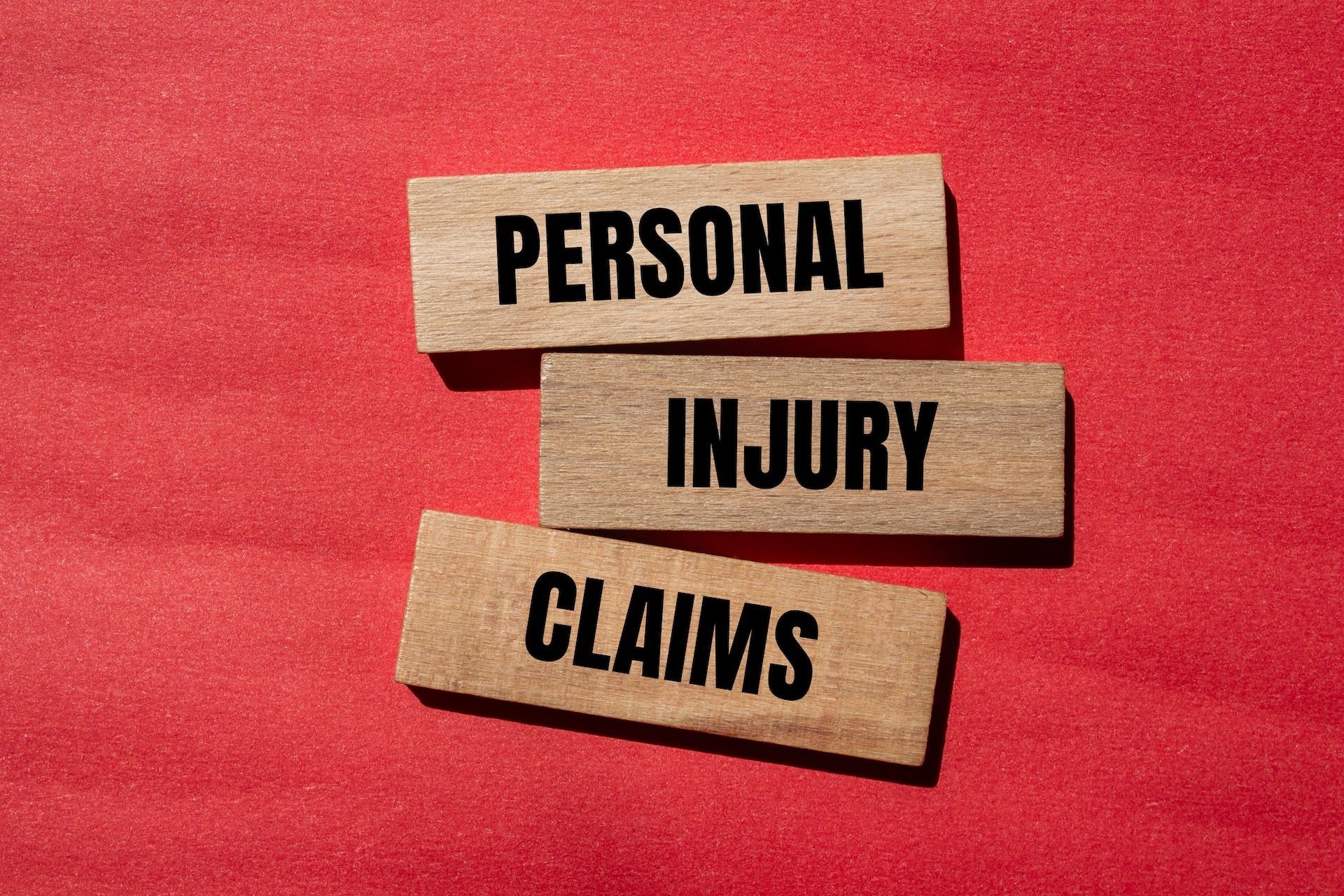Mia Battle v. Structure Tone (UK) Inc, Russell Investment Management Company, MetLife Inc, Equity Office Management LLC & The Blackstone Group LP

Case Name
Mia Battle v. Structure Tone (UK) Inc, Russell Investment Management Company, MetLife Inc, Equity Office Management LLC & The Blackstone Group LP
Type of Injury
HERNIATED DISCS AND NERVE DAMAGE
Occupation
Union-affiliated Apprentice Carpenter
Location
Bronx, New York
Verdict
The parties negotiated a pretrial settlement. Structure Tone’s insurer agreed to pay $1 million, and National Acoustics’ insurer agreed to pay $750,000. Thus, the settlement totaled $1.75 million. The negotiations were mediated by Robert Adams, of National Arbitration and Mediation Inc.
Verdict Amount
$1,750,000
Case Details
On Dec. 23, 2009, plaintiff Mia Battle, 28, a union-affiliated apprentice carpenter, worked at a renovation site that was located at 1095 Sixth Ave., in Manhattan. Battle was installing ceiling tiles. She had been provided a rolling scaffold for access to the ceiling. The scaffold collapsed during the course of Battle’s work, and Battle plummeted some 8 feet. She landed in a wheelbarrow, and she claimed that she sustained injuries of her back and a knee.
Battle sued a contractor that oversaw the renovation, Structure Tone (UK) Inc.; the premises’ owners, MetLife Inc. and Equity Office Management, LLC; the tenant that occupied the space in which Battle worked, Russell Investment Management Co.; and the renovation project’s bond holder, The Blackstone Group L.P. Battle alleged that the defendants violated the New York State Labor Law.
The defendants impleaded Battle’s employer, National Acoustics Inc. The first-party defendants alleged that National Acoustics controlled and directed Battle’s work.
Equity Office Management, MetLife, Russell Investment Management and the Blackstone Group were dismissed. The matter proceeded against National Acoustics and Structure Tone.
Battle claimed that the scaffold tipped and collapsed while she was stepping onto its platform, from its attached ladder. She contended that the scaffold was unstable and therefore unsuitable for the task that she was performing. She noted that the scaffold and its ladder lacked protective railings.
Battle’s counsel contended that the incident stemmed from an elevation-related hazard, as defined by Labor Law § 240(1), and that Battle was not provided the proper, safe equipment that is a requirement of the statute.
Defense counsel contended that the scaffold was safe. They also contended that the accident was a result of Battle’s failure to properly center herself on the scaffold’s platform.
Disclaimer: The information on this website and blog is for general informational purposes only and is not professional advice. We make no guarantees of accuracy or completeness. We disclaim all liability for errors, omissions, or reliance on this content. Always consult a qualified professional for specific guidance.








